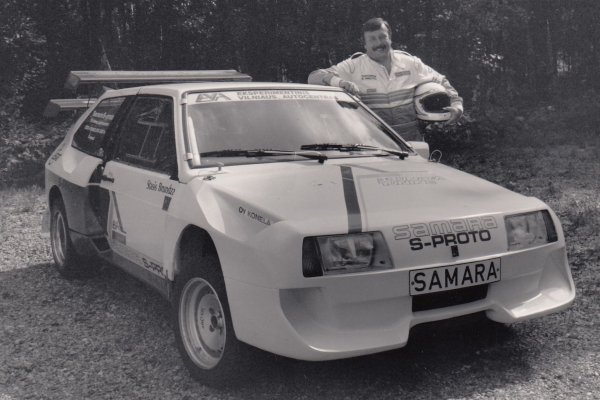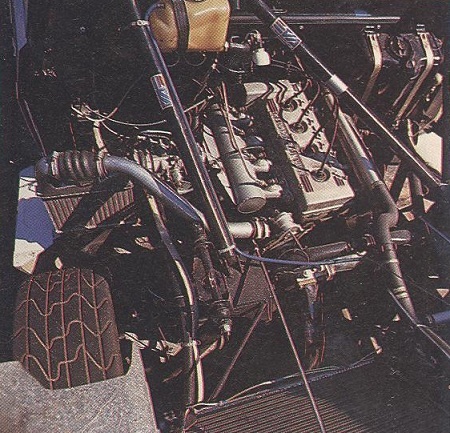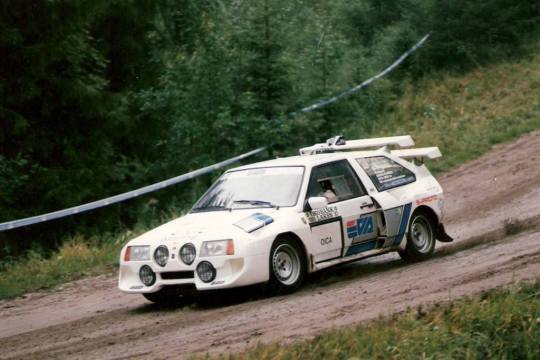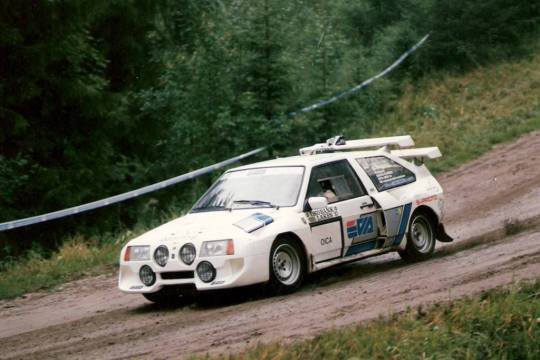The pinnacle era of Rallying, Group B, was most definitely brief (unfortunately), savagely brutal and above all else, simply brilliant. The Group B era brought along introduction of all-wheel drive, constant developments in turbocharging technology and sequential transmissions. This, by far, made cars of this era faster than any that came before, with power figures being around 300hp(224kw) and 650hp(484kw), towards the end of Group B.
Participation from manufacturers came in abundance as there were little to no rules for each manufacturer to compete. Featuring Audi, Toyota, Ford, Peugeot, Lancia, Mazda, Citroen, MG among many others made Group B a powerhouse that could rival Formula One with much confidence as it was quickly the people’s favorite. Unfortunately due to its short period of existence, some manufacturers were very late as they developed and produced cars that never got to compete. One of these manufacturers was Lada…….. yes, Lada.
Lada made serious efforts to race and compete on the international stage with a prototype called the Samara EVA (VAZ-2108). Originally named the “Lada Turbo” during its early development days, the Samara came about back in 1984, where workers at a truck factory repurposed a side room for the secret development of a race car.

As far as the name goes, the Samara EVA shared very little with its road going sibling. It borrowed only its doors, headlights, and windshield from the production car. Beneath its fiberglass body, lay a skeletal and stiff tubular chassis, which along with its fiberglass body, kept the weight of car low, with it only tipping the scale at 2100lbs(953kg). Unlike its road going sibling which had a Front-engined and Front wheel drive layout, this came with rear wheel drive and an engine mounted midship to improve weight distribution.

The engine came from a VAZ-2106 of which is a 1.6L four pot motor. In the Samara EVA though, this engine was heavily modified and it was bored out by almost 300cc to bring to 1.9L, per car. In this form, the engine featured a twin-cam 16 valve head, as opposed to the stock, single-cam 8 valve head. As with all successful rally cars of the era (except the MG Metro 6R4, which wasn’t all that successful), it was turbocharged and intercooled. The boys and girls at the truck factory also fitted the engine with electronic fuel injection, which was very unusual at the time in Soviet vehicles. Together, these resulted in an output of 300hp(224kw) and 282lbs-ft(382Nm) of torque.

No exact number of how many EVAs built is really known, but several sources claim that somewhere between 3 and 30 cars were built. Its sad that the Lada Samara EVA never got the chance to turn its wheel in anger as the Group B class, was shut down while the Lada was still well into its development stage. Lada planned to race a second Samara silhouette prototype called the Samara S-Proto in Group S (the Group B replacement that never was), whose racing career appears to be limited to an exhibition run at Rally Finland 1987.

For now we only know the Samara EVA and S-Proto through the lense of specs, photos and a single onboard video from the 1987 Rally Finland exhibition run. Hopefully this car will be brought to light during our life time, so we can finally see this Soviet beast turn its wheel in anger as it was meant to do.




Leave a reply